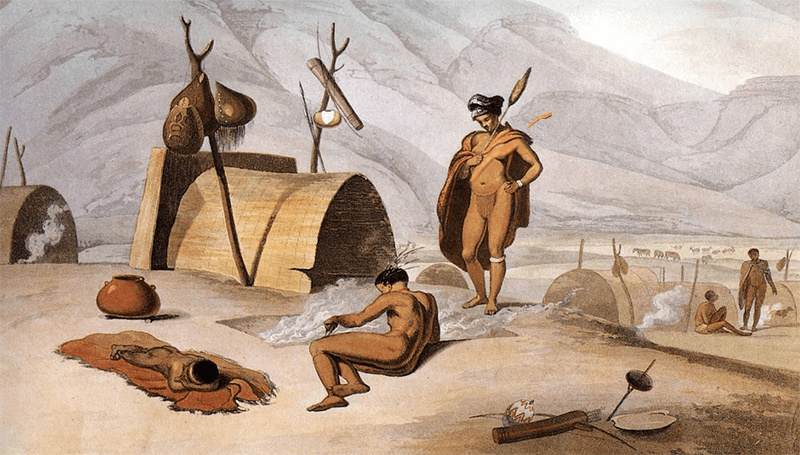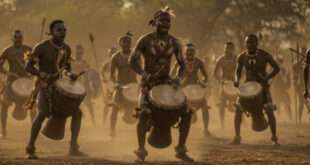The Khoisan, a native group in Namibia, may have been the majority of people on Earth for a long time, maybe even for the last 150,000 years. The number of Khoisan people went down around 22,000 years ago and again when European colonialists came to Africa in the 17th century.
Geneticists did a new study that was published in Nature Communications and reviewed in the journal Science. It showed that the Khoisan, who now number about 100,000, have a lot of different genes because their ancestors were a big group in the past. The name “Khoisan” is usually used to refer to hunters and herders from a number of different ethnic groups who speak a unique click language, but it is not the name that the people themselves use. In the past, there were two groups of people who spoke the Khoisan language: the Khoi Khoi, who were farmers or herders, and the San, who were hunters and gatherers. They are now known as the Khoisan as a whole.
Before 22,000 years ago, the Northern Hemisphere froze over, which made the climate in Africa bad. However, the climate in Southern Africa stayed good, according to Phys.org, which also reviewed the new genetic study. When the weather is good, it’s easier to live and there’s plenty of food, so the Khoisan thrived as a group.
Khoisan, who speak a rare language called “click,” may have been the most common people, but they still have a different genetic makeup from Europeans, Asians, and other Africans. Phys.org says that some of these other groups left Africa and settled in Europe, Asia, and other parts of the world around the same time that Khoisan people were the most common.
Stephan Schuster, a former Penn State University professor who now works at Nanyang Technological University in Singapore and is the leader of the research team, said that Khoisan hunter-gatherers in Southern Africa have always thought they were the oldest people.
The study looked at 420,000 different types of genes in 1,462 genomes from 48 different ethnic groups. According to Phys.org, these studies show that Southern African Khoisans are genetically different not only from Europeans and Asians, but also from all other Africans.
Research from the past has also shown that Khoisan people may be directly related to the oldest common paternal ancestors of all humans. In the 1990s, DNA studies showed that the Y chromosomes of San men, who are one of the indigenous groups that make up the Khoisan, have patterns of genetic variation that are different from those of all other groups. The San are thought to be one of the first groups of people to have become different from the most recent common paternal ancestor of all living humans, who lived between 60,000 and 90,000 years ago.
Researchers found that Khoisan didn’t marry many people from other ethnic groups in the past, which helped keep their genes separate.
“This and other studies show that the Khoisan people and the rest of modern humanity had a common ancestor about 150,000 years ago,” said Webb Miller, a professor of Bioinformatics at Penn State and a member of the research team. “It was completely unexpected to find that this group didn’t intermarry with non-Khoisan neighbors for many thousand years,” he added. “The current Khoisan culture and tradition, in which people get married either within their own tribes or to men from other tribes, seems to have been around for a long time.”
Men from one Khoisan clan couldn’t marry women from other clans. More than 100 Khoisan people lived in cone-shaped huts in each village. Men from the same clan lived in the village with their wives and children. Villages joined together to make groups called tribes or hordes.
European colonialists killed off most of the people who spoke Khoisan, stole their land, and put down their cultures. In 2012, South African President Jacob Zuma said that European colonization was the worst for the Khoisan people more than for any other group. “It is important to remember that colonialists tried to wipe out the Khoisan people and destroyed their language and culture. We can’t ignore the past now that South Africa is free and democratic “South African History Online wrote about what he said.
War and smallpox killed all of the Khoisan people. Most of their land was taken by Europeans who moved there. As hunters and herders, the Khoisan needed a lot of space for their animals to graze, for them to hunt, and for them to gather food. Even more people died because they lost their way of life because land was stolen. Even though much of the land that the Khoisan used to live on is now farmed, some Khoisan still hunt, gather, and herd as they always have.
 The African History Truly African
The African History Truly African

